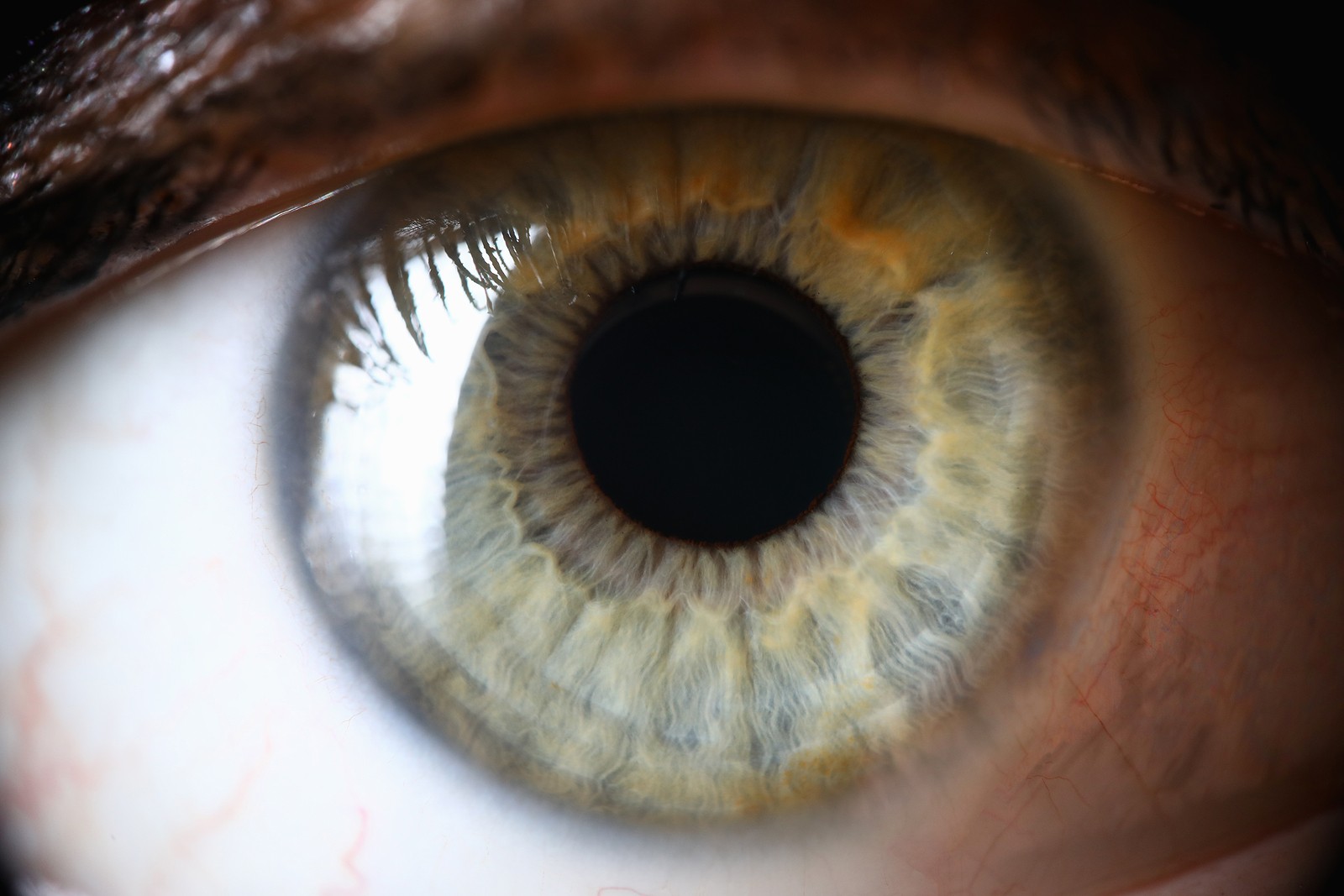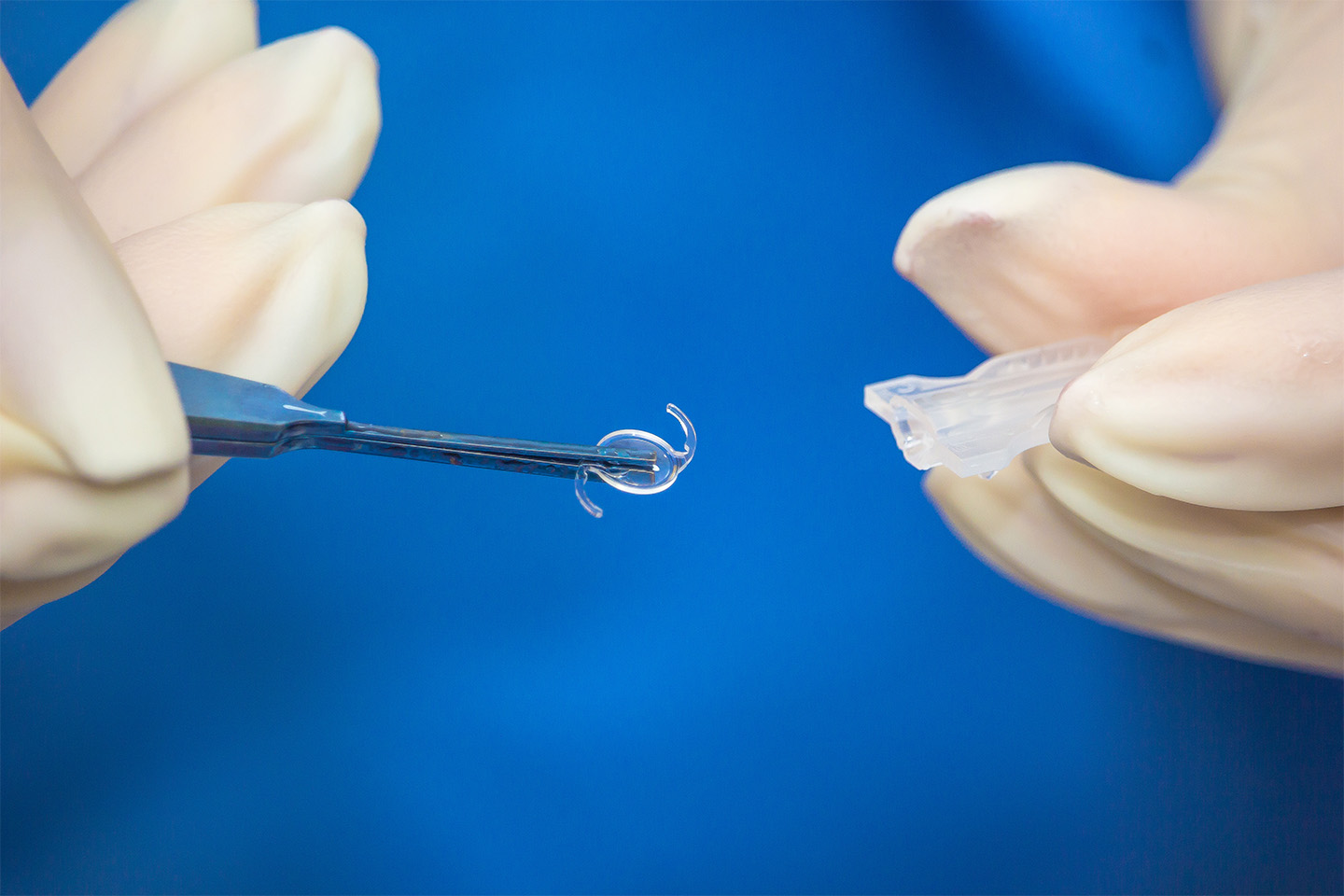10 Common Questions About Pterygium Removal

Our team of eye surgeons at Kleiman Evangelista Eye Centers specialize in cataract and LASIK eye surgery in Dallas. They also treat many other types of eye conditions, including pterygium removal. A pterygium is a noncancerous growth that begins in the corner of your eye at the mucous membrane. It can slowly grow over the white part of the eye and may eventually cause vision issues once it begins growing over the central structure of the eye, the cornea. These growths often occur between your pupil and your nose and often do not interfere with vision in most cases. If you would like to have one of our doctors examine you to determine whether to remove the growth, make an appointment.
Here are some of the most commonly asked questions regarding pterygium removal.
1. How do you remove a pterygium?
Pterygium removal is a low-risk procedure that our experienced doctors complete quickly. Before the procedure, the doctor sedates you and numbs your eye to ensure that you don’t have pain or discomfort during the surgery. During the procedure, the doctor removes the pterygium and surrounding tissue. Finally, the doctor may use a tissue graft to prevent the growth from recurring.
2. How long does it take to recover from pterygium surgery?
This is different for every person and it depends on the complexity of the surgery and the size of the pterygium removed. Generally, for less complex procedures you can expect the healing process to take a couple of weeks. If you had a large growth, it may take up to a few months for your eyes to heal completely. During the healing process, you may experience discomfort or redness.
Pterygiums are similar to cataracts but do not have the same treatment options. We recommend making an appointment for a consultation to determine the nature of your eye condition. Our eye doctors can also provide cataract treatment and surgery.
3. Can pterygium be treated without surgery?
Most of the time, pterygiums do not cause vision problems. However, larger pterygiums that have grown towards the pupil can cause vision distortions or change glasses prescriptions. They may require treatment if they affect your vision or cause pain and discomfort. In the short term, the eye doctor may prescribe a topical corticosteroid that you apply via eye drops to reduce inflammation. Other recommendations to prevent progression include wearing sunglasses when outside and using artificial tears to help with discomfort.
4. Can pterygium be removed by laser?
Currently, lasers are not widely used for pterygium surgery. Pterygiums have a tendency to recur. Therefore, removing the surrounding tissue manually produces the best results.
5. How successful is pterygium surgery?
Pterygium surgery has a high rate of success. Additionally, your eye heals quickly following the procedure. Patients who come to us for pterygium removal surgery leave happy with the results. However, once you develop a pterygium, it is likely to grow back eventually.
6. Is pterygium surgery painful?
You will be sedated during the procedure and the doctor can prescribe medication to help prevent pain or discomfort once you get home. Most patients will have mild discomfort for the first few days, but the discomfort subsides as the eye heals.
7. Will pterygium come back after surgery?
Although improved techniques have reduced the overall recurrence rate of pterygium, there is still a high rate of recurrence following this surgery. Corneal surgeons are still researching techniques that can reduce or eliminate the issue of recurrent pterygium growths.
8. How do you prevent a pterygium from growing?
You can protect your eyes by wearing sunglasses to filter out damaging ultraviolet rays. Wearing a hat can further limit exposure to wind and dust. For those who already have a pterygium, it’s important to take protective measures to slow the growth. That includes avoiding exposure to UV rays and high winds.
9. What is the recovery from pterygium surgery?
Most patients do not have discomfort from pterygium surgery within two to three days. However, redness on the eyes can last for several weeks. As with any medical procedure, the healing process depends on the complexity of the surgery and any complications that arise during recovery.
10. How common is a pterygium?
The rate of pterygium occurrence is relatively low. However, your chance of developing pterygium increases with age and with increased UV exposure. If you have already had pterygium, there is a high rate of recurrence.
Contact Kleiman Evangelista Eye Centers to learn more about pterygium removal from leading eye surgeons in Texas.









